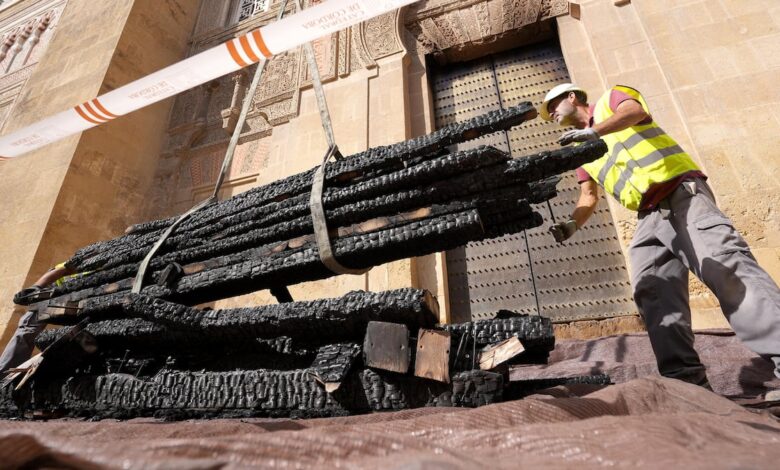
The investigation into the circumstances of the recent fire at the Mezquita-Cathedral in Córdoba, one of Andalusia’s main historical landmarks, is ongoing. Following the incident, representatives of Icomos España, UNESCO’s advisory body on cultural heritage preservation, reminded that as early as spring 2025 they had discussed safety issues with the cathedral’s management, particularly regarding the use of certain parts of the monument as storage facilities.
According to Juan Carlos Molina, head of Icomos España, the need to move equipment and supplies out of the cathedral’s interior spaces was discussed several months ago. At that time, diocesan representatives reported the purchase of two buildings where equipment and other items—previously stored in one of the chapels—were to be relocated. It was this part of the building that suffered the most severe fire damage.
Cathedral canon José Juan Jiménez Güeto confirmed that using the chapel as a storage area was part of the internal regulations and the site’s protection plan. However, after the fire, it became evident that such measures did not provide an adequate level of security. According to preliminary reports, the blaze may have been caused by a short circuit in an electric cleaning machine located in the room used as a storeroom.
Icomos España stated that they are not inclined to speak of direct errors by church authorities, but emphasized that there was an obvious risk, which ultimately led to serious consequences. Experts from the organization are currently working with the cathedral’s technical team to analyze the building’s vulnerabilities and assess the effectiveness of existing protocols for preventing emergencies.
Molina noted that, overall, the incident response system worked efficiently, but final conclusions will only be drawn after specialists have completed their work and all necessary documents have been received, including reports from the police and restoration architects.
Cleanup and removal of damaged materials are currently underway at the site. These actions have been coordinated with the Andalusian authorities and have already started. The next step will be a detailed assessment of the damage, the preparation of technical documentation, and the development of a restoration project that must meet UNESCO requirements for cultural heritage preservation.
Experts stress that the experience in Córdoba should serve as a lesson for other historic sites in Spain. It is essential not only to develop monument protection plans, but also to implement risk prevention measures in a timely manner to avoid similar incidents in the future.
The restoration of the Mezquita-Catedral will be carried out in close cooperation between Icomos España and the cathedral administration. Particular attention is being paid to assessing the incident’s impact on the site’s historical value and developing new safety standards for similar landmarks across the country.





